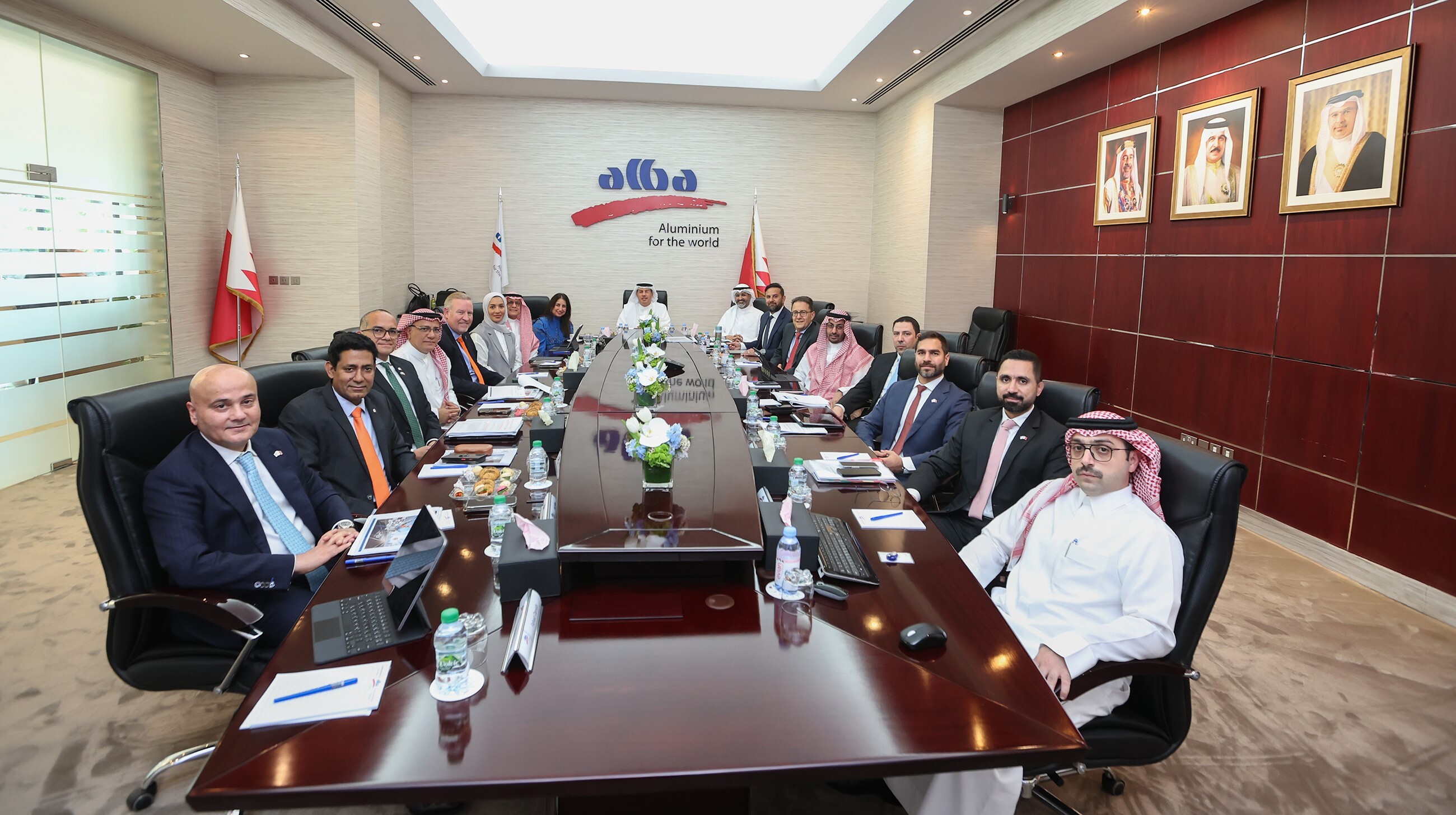

Aluminium Bahrain B.S.C. (Alba), the world’s largest aluminium smelter on a single site, released its financial results for the first quarter of 2025, marked by strong revenue growth but compressed margins due to rising production costs.

Topline surge powered by price and premium upswing
Alba recorded a 22.2 per cent year-on-year (Y-o-Y) increase in revenue, reaching BHD 408.9 million (USD 1.09 billion) in Q1 2025 compared to BHD 334.6 million (USD 889.8 million) in Q1 2024. The growth was driven by a 20 per cent Y-o-Y rise in LME aluminium prices, averaging USD 2,629 per tonne, alongside a 38 per cent jump in regional premiums.
However, the revenue bump failed to translate into bottom-line strength. Gross profit dropped by 11.3 per cent Y-o-Y to BHD 50.8 million (USD 135.1 million), and net profit plummeted by 25.9 per cent to BD18.1 million (USD 48.2 million). Comprehensive income fell even further, down 39.4 per cent YoY to BD16.8 million (USD 44.7 million), evidencing pressure from elevated alumina costs and rising production expenses.
Cost pressures dampen profitability
Despite a 3 per cent Y-o-Y increase in sales volume to 374,809 tonnes and value-added product (VAP) sales forming a robust 71 per cent of total shipments, Alba’s earnings per share (EPS) fell from 17 fils in Q1 2024 to 13 fils in Q1 2025. Operating margins compressed as increased energy and raw material costs outweighed gains from higher market prices.
Total assets grew modestly to BHD 2,706.9 million (USD 7.2 billion), up 1.25 per cent from year-end 2024, while total equity edged lower to BHD 1,902.7 million (USD 5.06 billion), reflecting the earnings impact.
Market landscape
Global aluminium demand rose by 2 per cent Y-o-Y in Q1 2025, supported by strong performance in the US housing sector, stabilisation in China’s property market, and growing consumption across the Middle East. Chinese domestic reforms contributed to a 1 per cent YoY growth in consumption, while the Gulf region saw demand rise by 3 per cent Y-o-Y, led by Saudi Arabia.
On the supply side, global production rose by only 1 per cent YoY, constrained by capacity ceilings in China and modest restarts in Europe. Notably, North American output declined 3 per cent Y-o-Y due to weaker Canadian production. The market showed a global surplus of 253,000 tonnes (with China) but remained in deficit by 265,000 tonnes when excluding China’s output.
Tariffs and premium shockwaves
US-led tariffs drove regional premium surges, with DDP Rotterdam and MJP premiums up 17 per cent and 153 per cent Y-o-Y, respectively. These spikes, however, are seen as short-lived, with Q2 MJP settling lower at USD 182 per tonne, down USD 46 per tonne from Q1. LME prices declined towards the end of Q1 as the US dollar strengthened and tariff uncertainty grew under the Trump administration.
Alba anticipates near-term aluminium prices to fluctuate between USD 2,300-2,450 per cent, with volatility tied to evolving trade policies and inventory levels.
ESG and operational highlights
Alba’s operational excellence continued with the company delivering its best-ever safety performance, achieving over 35 million safe working hours without a lost-time injury. ESG credentials were reinforced through the launch of electric AlF₃ feeding vehicles, joining the Sea Cargo Charter, and savings of USD 30.9 million under its “e-Al Hassalah” programme (50 per cent of 2025 target).
The company also celebrated key achievements in people development, with a Bahrainisation rate of 87 per cent and 2,082 local employees promoted in the past five years. Strategic projects in the pipeline include:
Khalid Al Rumaihi, Chairman of Alba’s Board, acknowledged the profit dip but emphasised that without the spike in alumina prices, the quarter could have marked a record performance: “These results reflect our fundamental strength despite external cost pressures.”
CEO Ali Al Baqali highlighted operational firsts in Q1, remarking, “We achieved record sales volume, highest-ever VAP share, and unmatched safety outcomes — thanks to our committed workforce and agile strategy.”
Alba’s management will host an investor call today (May 14, 2025) to discuss the results and strategic outlook in greater detail.While Alba remains bullish on long-term demand, the company is bracing for continued volatility in H2 2025. With macroeconomic uncertainty, tariff-driven trade shifts, and fluctuating raw material costs, maintaining operational efficiency and advancing sustainability will be key pillars of resilience.
Responses








